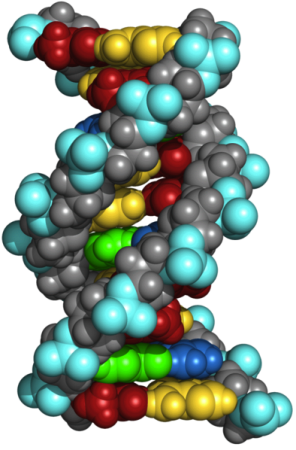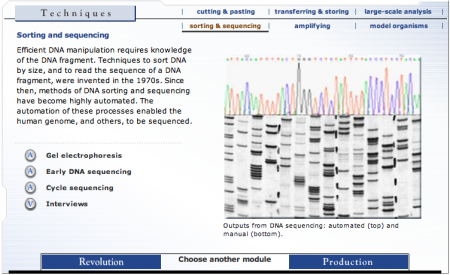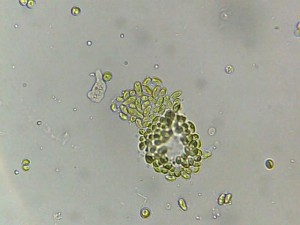First they came for the Communists,
and I didn’t speak up, because I wasn’t a Communist.Then they came for the Jews,
and I didn’t speak up, because I wasn’t a Jew.Then they came for the Catholics,
and I didn’t speak up, because I was a Protestant.Then they came for me,
and by that time there was no one left to speak up for me.-Martin Niemöller
I used the Martin Niemöller poem in our lesson on “marking-up” today and, in groping for modern analogies, I ended up asking what if “they” started rounding up Muslims in the name of preventing terrorism. My students voiced the opinion that it would be a violation of their rights and we got into a little discussion about how they could “speak-up”, which was a nice precursor that I’ll have to refer back to when we have our upcoming civil-society/governance projects.
Coincidentally, I ran into an interesting post on anti-Muslim prejudice.
38 percent of Americans in 2006 said they would never vote for a Muslim for president, just about the number who said they would never vote for a gay person. In December of 2004, Cornell released a survey showing that half of Americans consciously told a pollster that they would favor a curtailment of civil rights for Muslims. – Armbinder, 2010 (my emphasis)
(I’m not sure where he gets the 38% from, but Armbinder does cite a Gallup report on the topic.)
I was curious to see what my students thought about the possibility that half of Americans would favor less rights for Muslims. They seemed somewhat surprised. They seemed to think that adults should know better.
Regarding Niemöller poem, Harold Marcuse has an interesting webpage dedicated to the history of the words quoted above. There is some controversy, since Niemöller used different groups at different times, trading out Communists for socialistist or trade unionists for example. This is a nice illustration of the fact that although the words change, the meaning remains the same.










